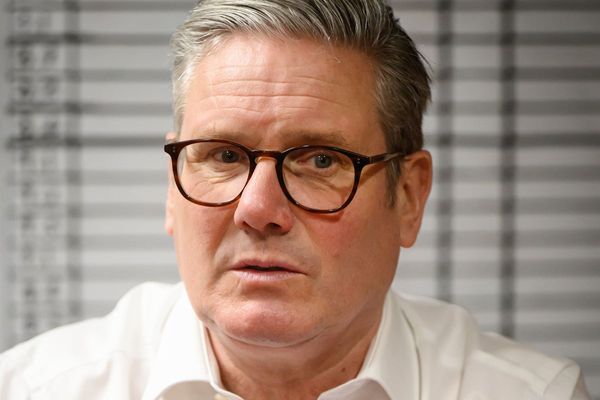Interest rate increases by the Federal Reserve to subdue inflation are no panacea for the economy, says Ray Dalio, founder of Bridgewater Associates, the world’s biggest hedge fund manager.
“I now hear it commonly said that inflation is the big problem. So the Fed needs to tighten to fight inflation, which will make things good again once it gets inflation under control,” he wrote on LinkedIn.
“I believe this is both naïve and inconsistent with how the economic machine works. … That view only focuses on inflation as the problem, and it sees Fed tightening as a low-cost action that will make things better when inflation goes away. But it’s not like that.”
So how does Fed tightening work? “While tightening reduces inflation because it results in people spending less, it doesn’t make things better because it takes buying power away,” Dalio said.
Shift the Squeezing
“It just shifts some of the squeezing of people via inflation to squeezing them via giving them less buying power. The only way to raise living standards over the long term is to raise productivity and central banks don’t do that.”
What the Fed does is to “produce the short-term debt cycles (also known as the business cycle), which typically last for about seven years,” Dalio said.
“These short-term debt cycles add up to the long-term debt cycles that typically last about 75 years…. That’s because most everyone wants the ups and not the downs,” he said.
“So the stimulations and debts that central banks produce typically add up over time to produce more ups than downs until the debt assets and liabilities get unsustainably large, at which point they have to go down.”
That happens “via some mix of inflation …, debt restructuring, and paying the debt service in non-depreciated money…,” Dalio said. “That is what we have been experiencing.”
Stagflation Ahead
Bottom line, Dalio says:
“There isn’t anything that the Fed can do to fight inflation without creating economic weakness.
“With debt assets and liabilities as high as they are and projected to increase due to the government deficit and the Fed selling government debt, it is likely that private credit growth will have to contract, weakening the economy.
“Over the long run, the Fed will most likely chart a middle course that will take the form of stagflation.”
Goldman Sachs Recession View
Meanwhile, Goldman Sachs economists see the odds of recession rising.
“The Fed has front-loaded rate hikes more aggressively, terminal rate expectations have risen, and financial conditions have tightened further,” they wrote in a commentary.
Those tighter conditions “imply a substantially larger drag on growth…,” the economists said.
“Also, we are increasingly concerned that the Fed will feel compelled to respond forcefully to high headline inflation and consumer inflation expectations if energy prices rise further, even if activity slows sharply.”
The economists peg the chance of a recession over the next two years at 48%, up from 35% previously.







